All American Muscle Car Lovers Should Respect the Ford Mustang
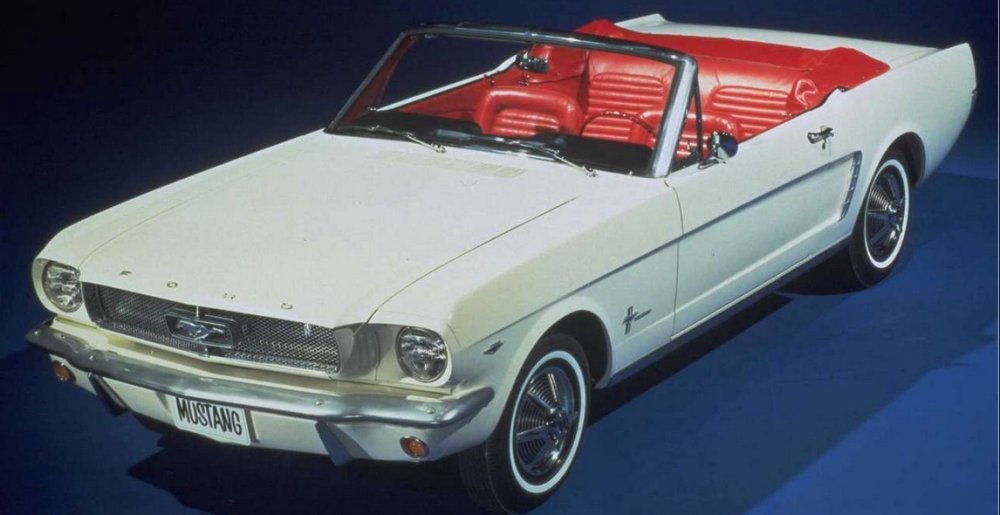
Mustang is an innovator in American performance, adapting to new technology and enduring the test of time.
Back in April, the Ford Mustang celebrated its 55th birthday with the announcement that it was the best-selling sports car in the world for the third-straight year in 2018. The Mustang is loved by Ford fans everywhere, serving as one of the most popular sporty cars sold in the United States since its introduction and garnering the respect of performance car fans around world, but not everyone loves the Mustang.
The Mustang is an enthusiast model and it has always competed with other models that tend to encourage brand loyalty. As a result, the Mustang, its owners and its fans have developed a rivalry with fans and owners of competitive vehicles, leading to a high-performance war that is waged on streets and race tracks around the global. In the modern era, this rivalry includes the Chevrolet Camaro and the Dodge Challenger, and in many cases, those folks who drive and passionately support those other brands will be quick to voice their distaste for the Mustang. However, modern Camaro and Challenger owners, along with folks who drive classic muscle cars, owe the Mustang a measure of respect for doing such a great job of representing the American performance car world on a global level while also consistently driving new-and-improved technology within the segment for more than a half-century.
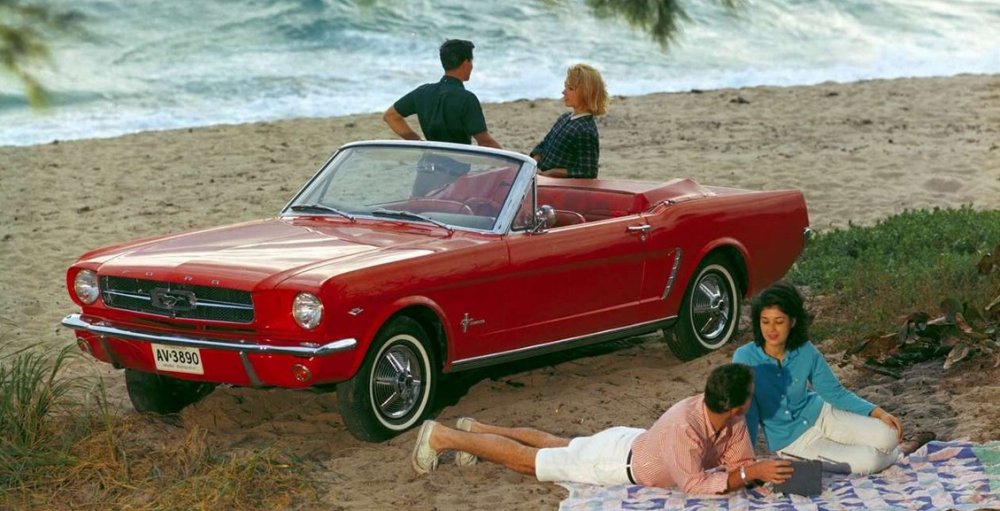
The odds are good that the majority of Ford owners would agree that all muscle car fans should respect the Mustang for its impact on the American performance market, but it should be noted that I am not a Ford owner. I own a Dodge Challenger SRT Hellcat and I love my car but I still recognize, appreciate, respect and celebrate the Mustang for its impact on the automotive world.
Today, I bring you a detailed look at everything that the Mustang has done for the American performance car world and how it has consistently driven the competition to produce better muscle cars.
The Affordable American Sports Car
American automakers had built plenty of fun-to-drive cars prior to 1964 and the Corvette put the U.S.A. on the sports car map, but the fiberglass Chevy was far too expensive for the average person. None of the American automakers offered a dedicated sports car that the average working Joe or Jill could afford, but that all changed on April 17, 1964. That was the day that Ford Motor Company would change the face of the American automotive industry, introducing a small, affordable sports car that would take the market by storm. The Mustang had a base price below $2,500 in 1964, while the base Corvette started at roughly $4,100.
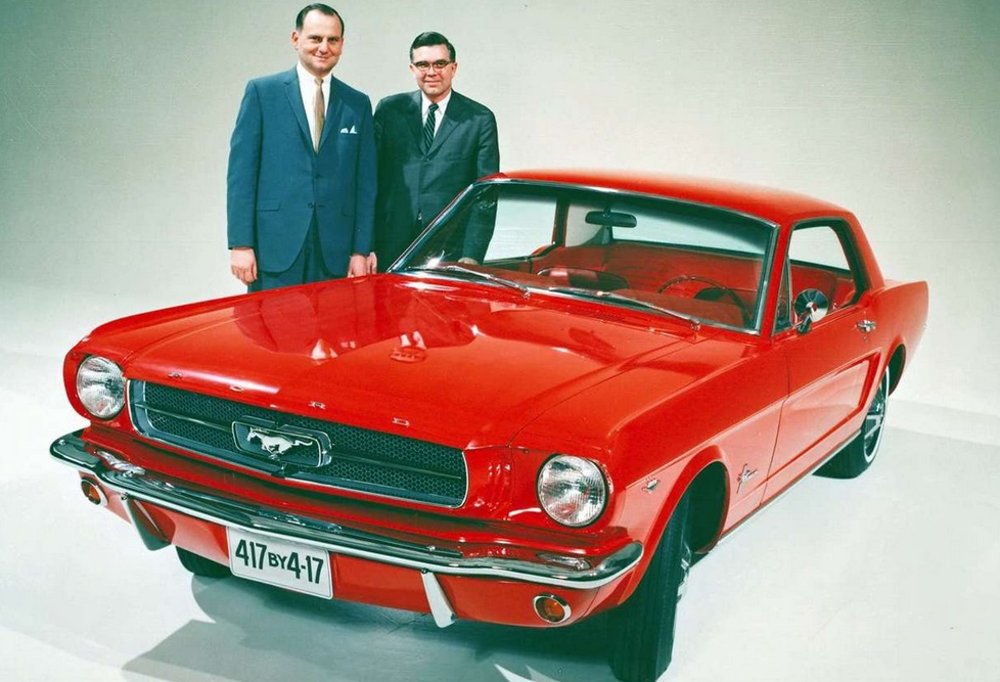
Ford executives hoped to move 100,000 units in the first year, but after receiving orders for more than 22,000 cars on the first day of sales, the company saw a total of 418,000 in the first year. Reaching one million units sold took about 18 months and by the end of the second full model year in 1966, Ford had sold over 1.3 million Mustangs. The first affordable, American sporty car with a 2+2 seating layout, offered as a convertible, coupe or fastback, was a smashing success.
In seeing the instant popularity of the Mustang, every other automaker in American scrambled to come up with a proper competitor, leading to the original muscle car era. Plymouth, Dodge, Chevrolet, Buick, Oldsmobile, Pontiac, AMC and even Mercury would introduce cars that were designed to compete with the Mustang. The Camaro and Challenger, the two competitors today, were created to directly compete with the Mustang, so while some Chevy and Dodge fans might dislike the Mustang, Ford’s big debut in 1964 led to the creation of many other gearheads’ favorite car.
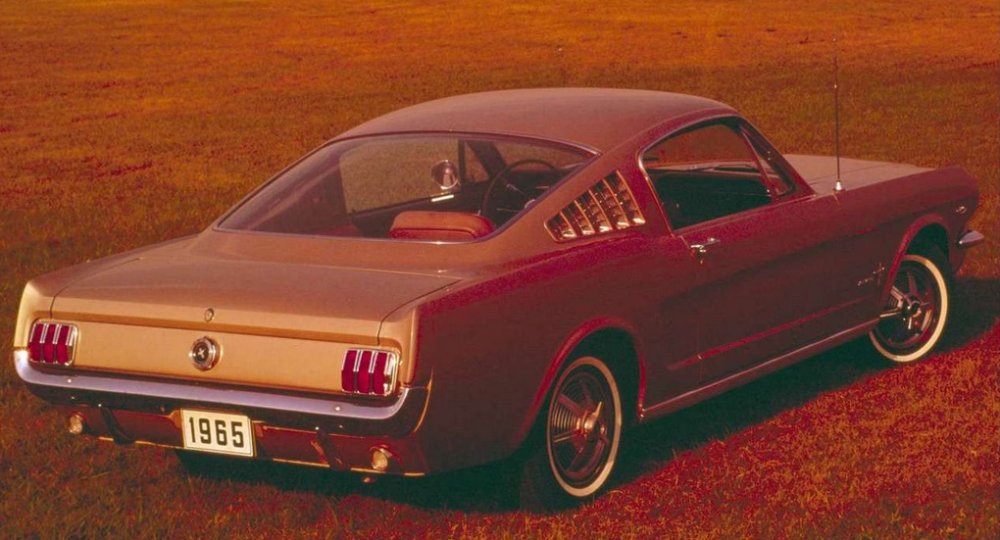
Also, although the Mustang invented the pony car class, it would grow over the first few years to compete with the larger muscle cars and as the years went by, pony cars and muscle cars would all be funneled into the same small group. Along the way, the Mustang proved to be the leader in innovation, bringing the pinnacle of American performance to Ford fans while consistently forcing the competition to improve just to keep pace.
In addition to popularity among those folks who wanted something affordable and fun-to-drive on the street, the Mustang has been a leader in almost every major form of motorsports, from drag racing to road racing to drifting and, most recently, NASCAR’s big leagues.
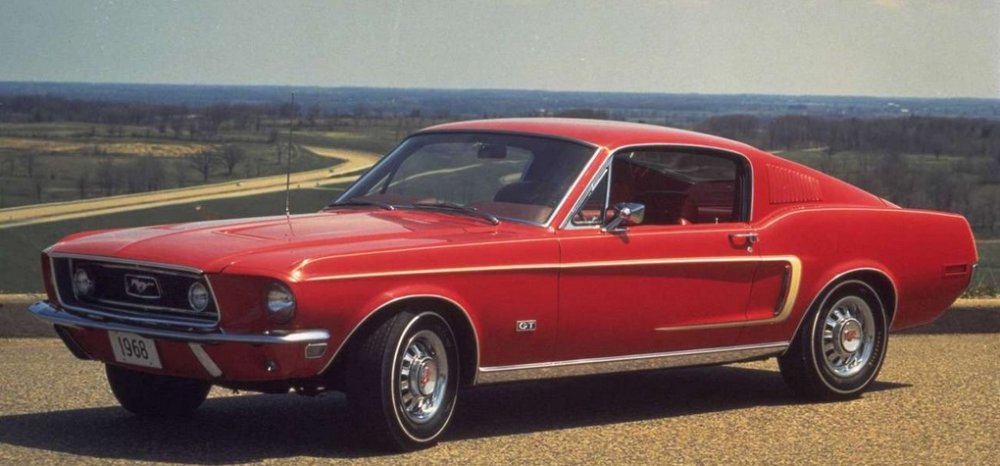
Muscle Car Innovation
The Ford Mustang led to more than one class of sporty cars in the United States, showing the demand for an affordable, two-door sports car with big power and performance. That alone is cause for the original pony car to be celebrated by all American performance car fans, but after introducing the world of affordable American performance, the Mustang would introduce a great many then-new bits of technology.
During the first generation of the Mustang, Ford made the car slightly larger and more heavily-appointed, transforming is from a pony car to more of a personal luxury muscle car. From the debut in 1964 into the early 1970s, the Motor Company added bigger engines with more power, working to make the Mustang quicker and faster than the competition. However, the first big test came in 1974, when the Mustang II was introduced.
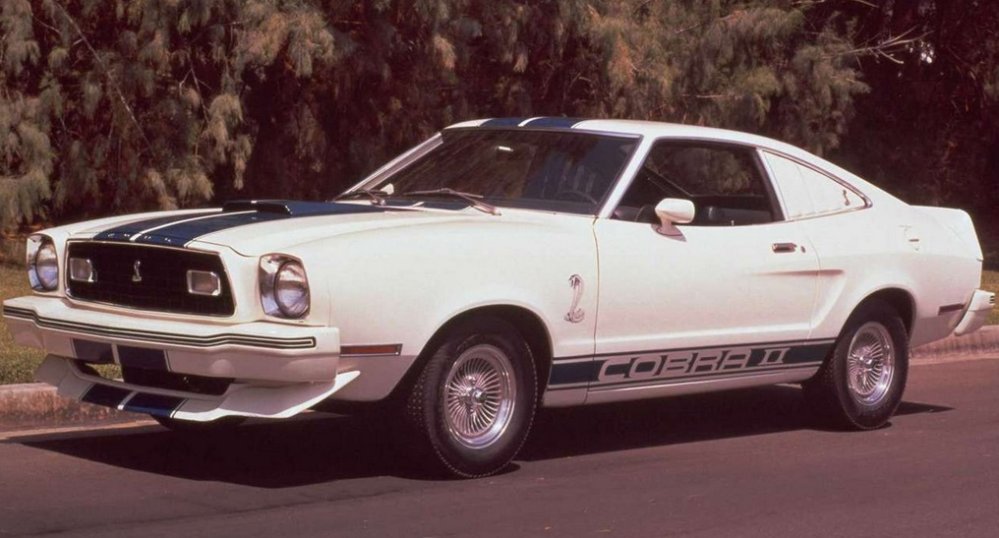
Mustang II
With rising gas prices, fuel shortages and increased competition from smaller foreign performance cars, Ford introduced the Pinto-based Mustang II in 1974. It was quite a bit smaller and it departed from the big V8 engines from the early years. During this time, most American muscle cars were discontinued, but the Mustang soldiered on with a smaller, lighter form and smaller, more efficient engines. During this era, the Mustang was the first of the American performance cars to turn to a four-cylinder engine, and while the II is the least-favorable generation, it played a key role in getting the legendary performance car through an era where many sporty cars died off.
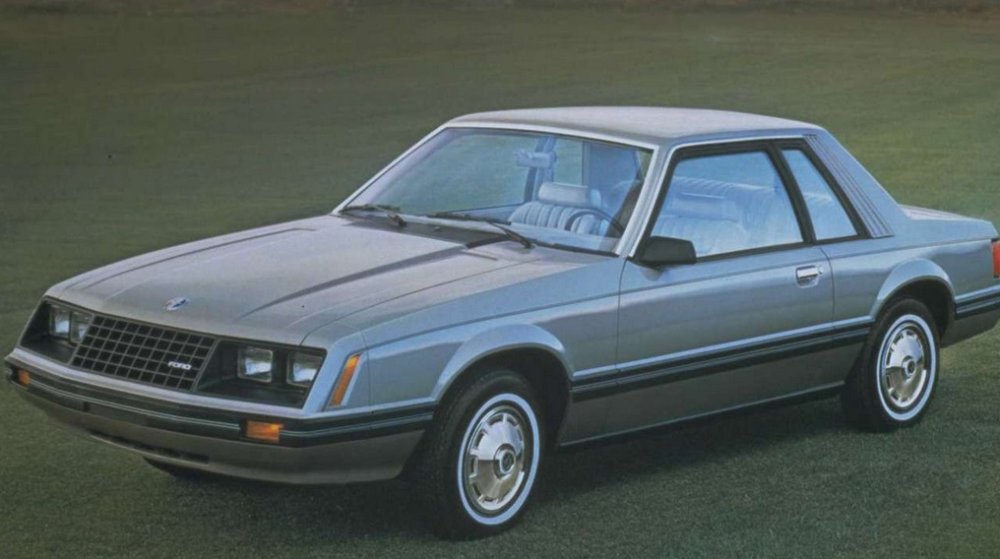
Enter the Lighter Fox Body
When the Fox Body was introduced in the late 1970s, it still came with four-cylinder power in addition to option V8s, but during that third generation, Ford became the first to offer a performance-oriented muscle car (or pony car, if you prefer) with a turbocharged four-cylinder engine. With the concern of rising fuel prices, Ford introduced the high performance 2.3-liter mill with the intention of that being the future of their performance lineup, but as we all know, V8 engines have managed to stick around.
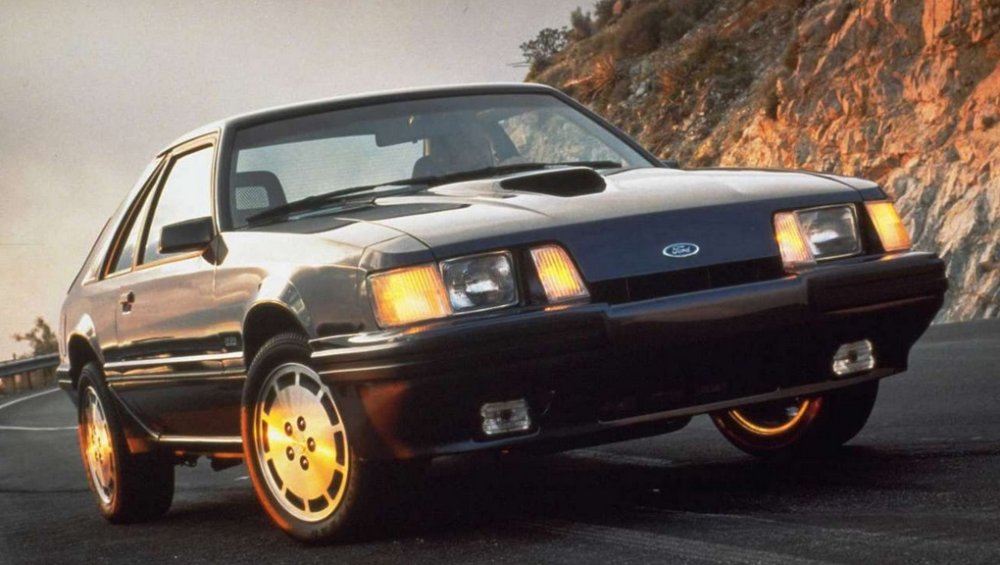
Success of the SN95
Part of the long-lasting success of the V8 was the introduction of electronic fuel injection, and the Mustang was the first in the class to shift all of its V8s away from carburetion. Over time, the Mustang would be the first muscle car to offer an overhead camshaft design and, of course, the dual overhead camshaft design during the SN95 era.
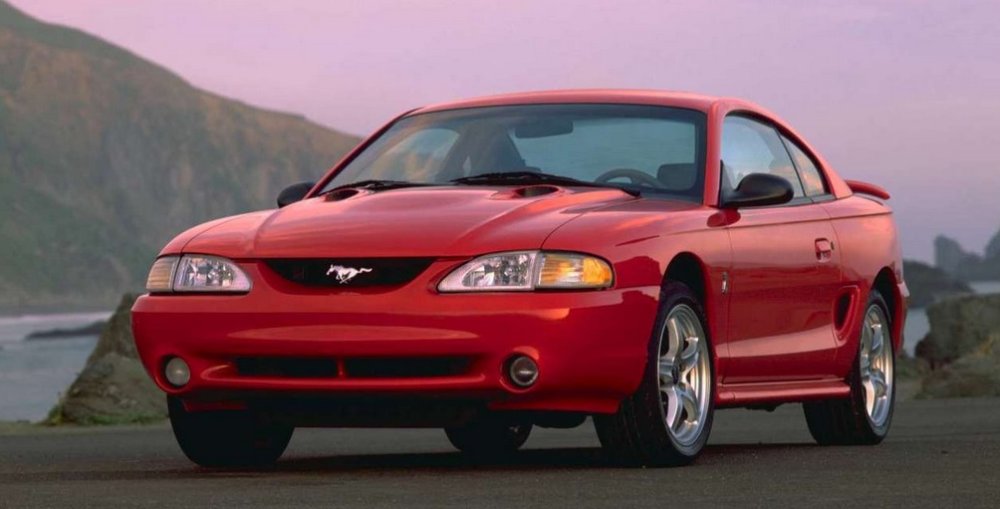
Most importantly, the Mustang was the first car in the class to offer a monster supercharged V8 with the introduction of the Terminator Cobra in 2003, effectively starting the modern era of big-power muscle cars.
